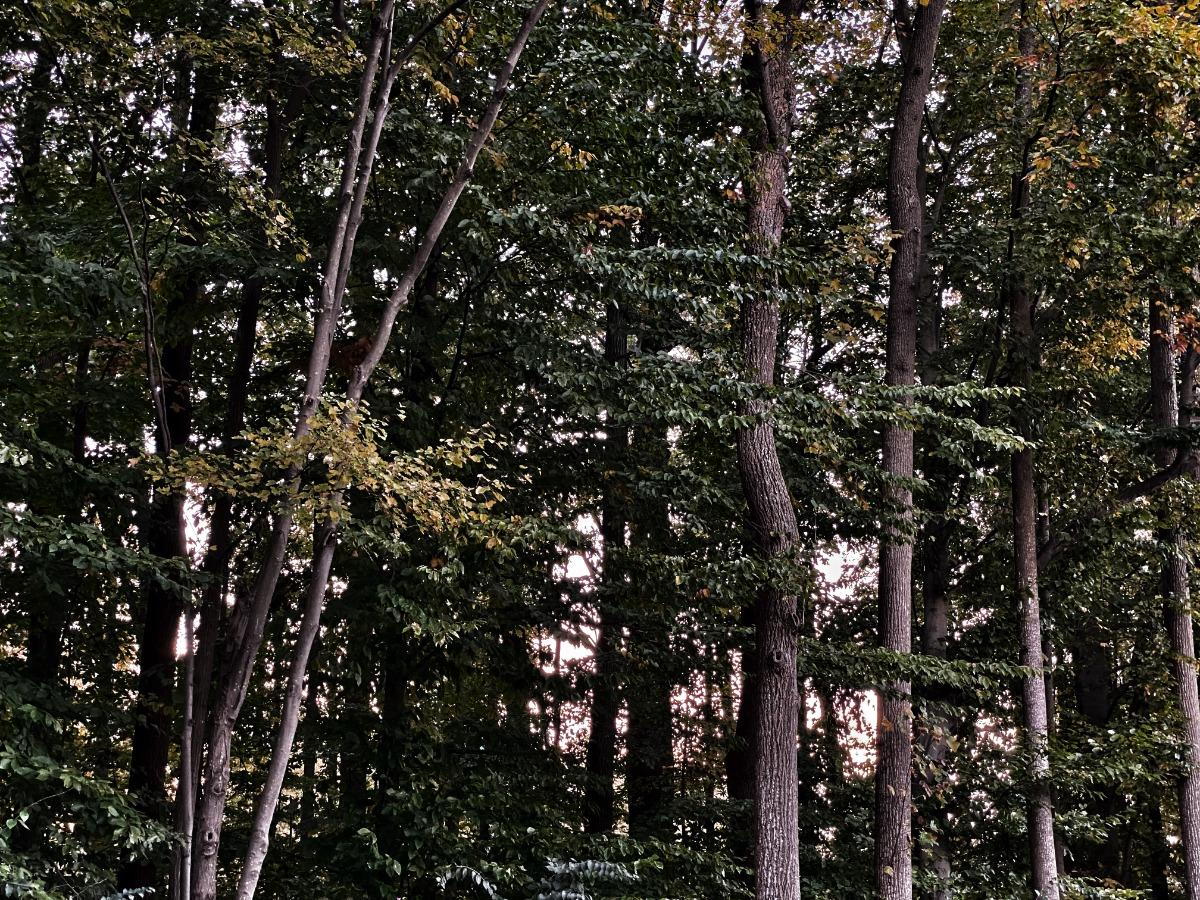
•Seasonal Affective Disorder (SAD) impacts 5% of the US population
•There are several ways to manage the impact of SAD.
•The disorder is often triggered from the impact of less sunlight on the body.
The sunset photo above was taken at 5:00 pm on November 7, 2021 which is the first day of daylight savings time this year. The time change is a seasonal marker and for many people it can trigger seasonal affective disorder. About 5% of the US population, or approximately 17 million people suffer with this disorder.
SAD is also known as major depressive disorder with seasonal pattern. It is more common in the fall and winter months but can happen in the spring and summer months as well. It is more often seen in women than men and in younger people than older people.
Symptoms of SAD include depression, lethargy, loss of interest, appetite changes, sleep issues, irritability, attention problems and increased feelings of hopelessness. People often first notice sleep and appetite changes as the season changes. The impact on energy and mood can be the most pronounced. The seasonal change can disrupt the internal body clock. Less sunlight can cause brain chemicals related to mood (serotonin) and sleep (melatonin) to drop. With less exposure to sunlight during these months, less Vitamin D is produced in the body.
There are several ways to address SAD. Light therapy, which is using a special lamp shortly after waking up, has been very effective for people. It works best for less severe cases of the disorder. Anti-depressants such as Wellbutrin and Prozac have helped people with more severe cases. Light therapy, anti-depressants or adding a daily dose of Vitamin D to moderate the symptoms should be arranged through a doctor. In addition to using one of these methods and working on the issue in counseling, mindfulness, meditation and yoga can help as well. Behavioral changes during the colder months can make a difference such as increasing exercise, establishing a healthy sleep routine, letting more sunlight into the house or office and making sure to get outside in the sunlight daily.
The change in season can also impact others who don’t have a seasonal affective disorder diagnosis. People with chronic health or pain issues can experience a similar impact from season changes. Many people prefer spring and summer months for the longer days and warmer weather. The behavioral changes that help people with the disorder cope better, would probably help us all to have a healthier seasonal adjustment.

